Explore how we are shaping a more sustainable future in our 2023-2024 Sustainability Report. Discover our progress, initiatives, and the measurable impact of our ESG efforts across all markets.
2023-2024 Sustainability Report
2023-2024 Sustainability Report
Commercial real estate has a huge impact on emissions. Nearly 40% of the global carbon footprint is caused by the built environment, but planning for change by 2050 isn’t enough. Spaces designed and built today must be part of the solution, and we know we have to pull our own weight.
Therefore, we’ve committed to decarbonisation targets that have been validated by Science Based Targets initiative (SBTi), which recognises them as being consistent with the Paris Agreement to minimise global warming and the EU ambition for Europe to be the first climate-neutral continent by 2050.

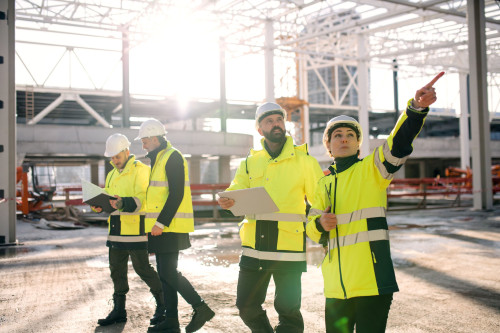
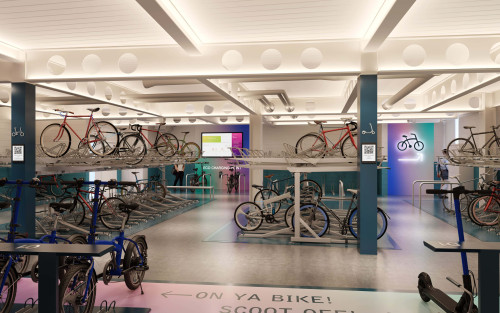
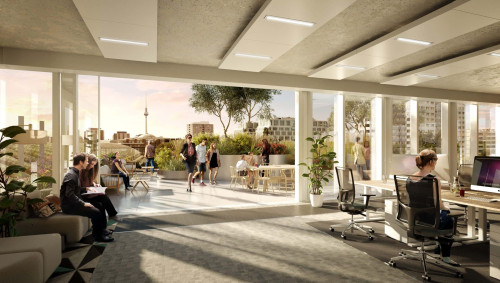
We recognise the long-term value of low energy and carbon efficient developments. Our integrated business model gives us a great deal of influence over how we can reduce carbon emissions at each stage of our projects. By making our value chain greener, we can develop best-in-class workspaces that positively impact the environment and our occupants.
We’ve set out our clear decarbonisation targets and strategy as we continue to reduce our environmental impact. Take a look below to find out more about our six step approach:
All assets acquired, developed and managed by us are within the scope of our net zero carbon commitment. Here are some of our projects that are part of the solution facing the industry – and the planet – when it comes to creating a sustainable built environment.
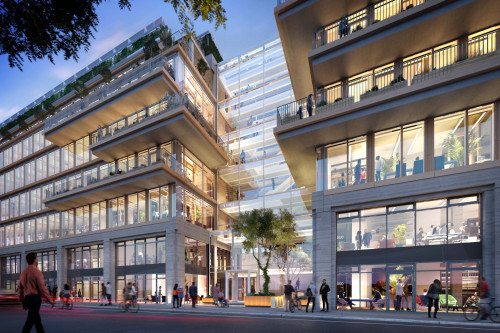
We take our responsibility to the environment very seriously and PLTFRM.Berlin is designed to be as self-sufficient as possible.
PLTFRM.Berlin’s sustainable design significantly reduces its dependence on conventional energy sources by operating entirely on 100% renewable energy. The building incorporates over 2800 sq m of photovoltaic panels, which cover 34% of its energy needs. Additionally, the building utilizes waste water heat pumps to provide efficient heating and cooling, contributing to its overall environmentally-friendly approach.
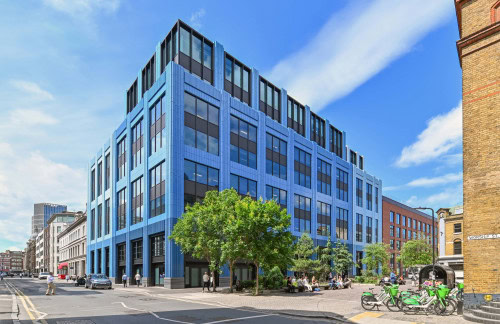
Every decision at Worship Square has been made with sustainability in mind. Not just the building, but how it’s designed to help occupiers achieve their own goals and help employees actively reduce their own carbon footprints.
Worship Square is an all-electric building, using air source heat pump technology, on-site photovoltaics and renewable electricity providers.
We’ve set out our decarbonisation targets and strategy as we continue to reduce our environmental impact. We are proud that the Science Based Targets initiative (SBTi) has validated our targets, recognising them to be consistent with the Paris Agreement to minimise global warming and the EU ambition for Europe to be the first climate-neutral continent by 2050.
The SBTi requires participants to take significant steps to reduce their overall emissions throughout the value chain. This includes:
By having the SBTi validate that our decarbonisation commitments fall in line with this pathway, we can be confident our strategy fits with the latest climate science.
Discover more about our decarbonisation targets validated by SBTi.
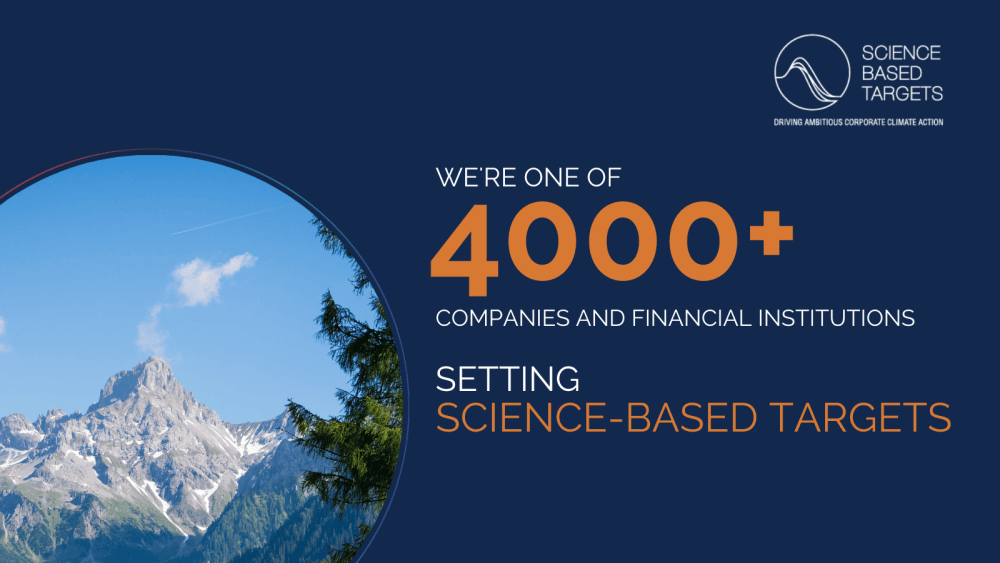

The Science Based Targets initiative (SBTi) is a global body enabling businesses to set ambitious emissions reductions targets in line with the latest climate science. It is focused on accelerating companies across the world to halve emissions before 2030 and achieve net-zero emissions before 2050. The initiative is a collaboration between CDP, the United Nations Global Compact, World Resources Institute (WRI) and WWF. The SBTi defines and promotes best practice in science-based target setting, offers resources and guidance to reduce barriers to adoption, and independently assesses and approves companies’ targets.